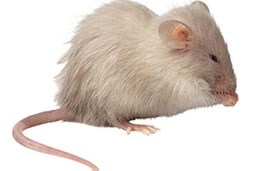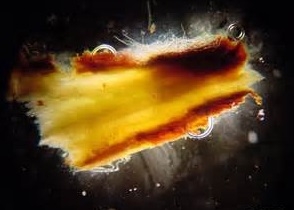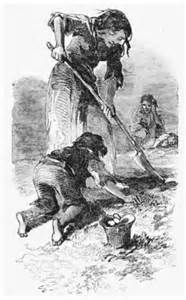Posts Tagged: pathology
Sustainable food systems depend on healthy plants
Discolored leaves. Decaying roots. Dead wood. Mother Nature offers a fascinating and colorful backdrop of clues to track microscopic killers. Much like any medical mystery, experts are called in to diagnose or identify a disease from its symptoms and recommend management strategies to prevent further damage or loss of healthy plants.
In the world of crop science mysteries, plant pathology solves the crime. The usual suspects include bacteria, fungi and viruses.
Humans and animals depend on plants for their food supply and ultimately for their survival. When diseases threaten crops, a high-quality, affordable food supply is placed at risk. For growers, plant diseases can reduce crop yields. For consumers, reduced crop yields can drive higher food prices. Plant pathology research holds enormous implications for a sustainable food supply.
Florent Trouillas, who was named UC Cooperative Extension specialist in the Department of Plant Pathology at UC Davis and the Kearney Agricultural Research and Extension Center last year, explains the bottom line of most concern to growers.
"Once we identify a disease causal agent, a main question remains from growers. What growers really want to know is how to control the disease and prevent its spread to new healthy plants; they look to the University of California for solutions," Trouillas said.
A crisis in the food production system can impact other areas of society as well. In fact, history is filled with examples of how plant diseases influenced economies, environments and human societies.
Trouillas cites one of the most well-known examples in plant pathology: the Great Famine. Millions of Irish immigrants relocated to the United States in the mid-1800s after a terrible potato blight led to widespread starvation in Ireland. Experiments conducted in 1861 by Anton deBary, considered to be one of the founding fathers of plant pathology, proved the blight was caused by a fungus, which we now know is an oomycete. This plant disease had a direct impact on the Irish society with a subsequent Irish immigration wave into America.
Another historical illustration of plant pathology research occurred in the 1920s. The most common trees in the forests of the United States at the turn of the century were the majestic American chestnuts. The trees generated income for humans and the timber industry, served as a food source for people and animals, and provided habitat for wildlife. Then the trees started dying, until by the late 1920s, they had become the first tree in modern times on the brink of extinction. Plant pathologists were particularly adept at identifying plant diseases by this time and diagnosed the Cryphonectria parasitica fungus as the cause of the chestnut blight. By preventing the extinction of the pivotal species, plant pathology had a direct impact on the economy and the environment.
More recent major plant disease outbreaks in the United States involving plant pathology research have included Sudden Oak Death with devastating effects in California and Oregon forests, pitch canker killing California native pine species, and citrus canker in Florida, which has had a huge economic impact on the industry.
Veterinarians treat diseases in animals, physicians in humans. Trouillas describes the role of plant pathologists in similar terms. “We study the pathology of plant systems. Plant pathologists treat plants," he said.
Healthy plants ensure a sustainable food source and habitat for so many other organisms, including the human species.
Scientists unravel mystery of disease resistance
Even though it's been about 1 billion years since plants and animals parted ways from their common ancestor, scientists have learned that over the eons they developed similar mechanisms for detecting microbial invasions and resisting disease, according to a study published in the journal Science.
The article, written by UC Davis plant pathologist Pamela Ronald and Scripps Research Institute mammal geneticist Bruce Beutler, describes how researchers used common approaches to tease apart the secrets of immunity in species ranging from fruit flies to rice. It also forecasts where future research will lead, said a UC Davis news release.
News about the scientific discovery was picked up widely by medical and scientific websites and blogs, including
“We now know that plants and animals respond to microbial signature molecules using analogous regulatory modules, which likely came about as a consequence of convergent evolution,” Technology Today quotes Ronald.
Medical Daily noted that the discovery will likely help future researchers find new drug targets to control deadly bacteria for which there are currently no effective treatments.
The paper in Science is dedicated to Julius Rothstein (1830-1899) and his wife, Fanny Rothstein née Frank (1834-1911), the great, great grandparents and last common ancestors of the authors.

The lineages of humans and mice diverged 60-120 million years ago.


